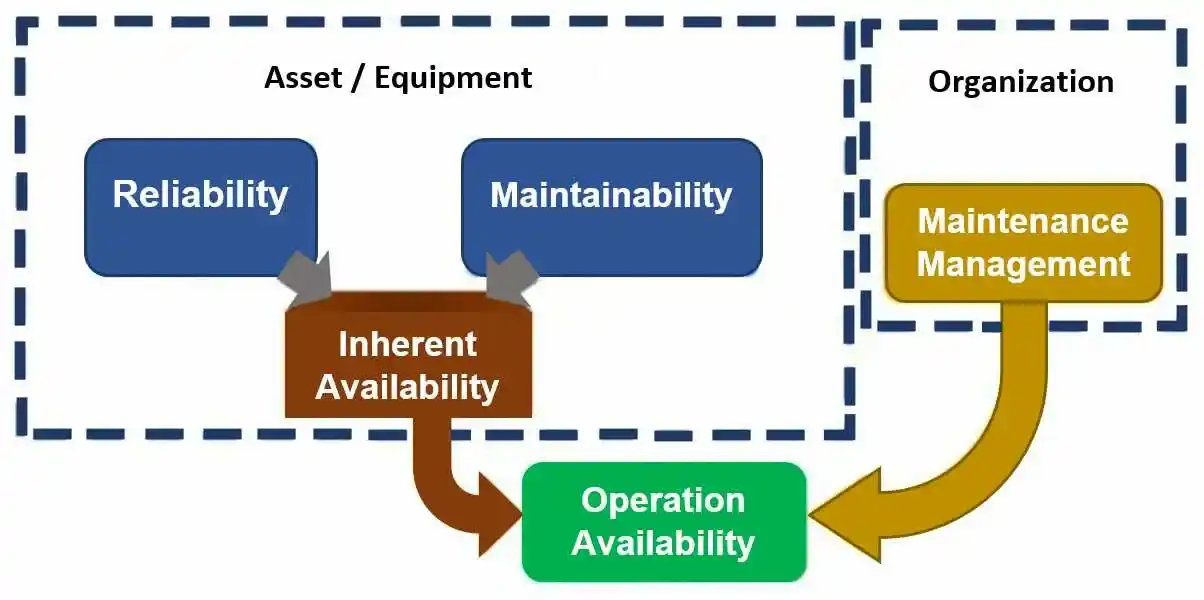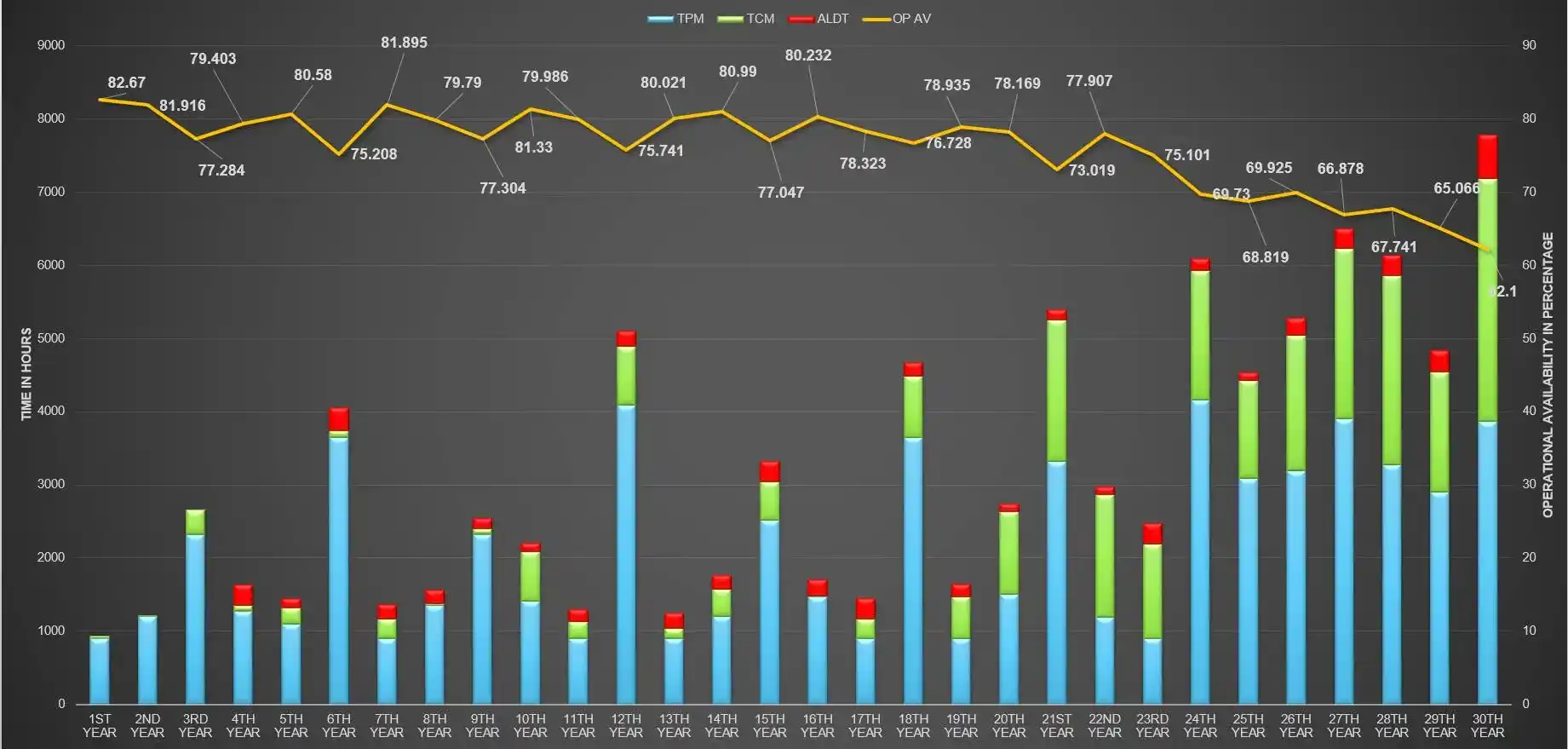At QVISE, we understand the critical importance of asset’s Operational Availability (Ao) for our clients, and we are committed to providing tailored solutions that meet their specific needs. Our (Reliability, Availability, Maintainability, Testability, and Supportability) expertise, Integrated Product Support (IPS), and Operational Availability (Ao) formulae enable us to develop comprehensive solutions that optimize our clients' systems' OA. We have a diversified portfolio of services and expertise to help your business grow. Join us to learn more about QVISE's promising solution offerings for Integrated Product Support (IPS).
The Technical Importance of Operational Availability (Ao)
It is a measure of the effectiveness and readiness of a system or equipment to perform its intended functions at a required level of performance when called upon. It is a crucial technical parameter for clients who rely on complex systems and equipment to achieve their objectives. Failure to complete the target can lead to a disruption in the client's operations, resulting in costly downtime and potentially impacting the safety and security of their personnel.
Operational Availability (Ao) VS RELIABILITY
OA formula is closely related to reliability. Reliability is the probability that a system or equipment will perform its intended function over a specified period under given conditions. A system or equipment may have high reliability but may still be unavailable due to maintenance, testing, or other issues. Our team at QVISE has extensive experience balancing reliability vs availability to ensure optimal OA for our clients.
Operational Availability (Ao) FORMULA AND AVAILABILITY CALCULATION
At QVISE, we use various tools and techniques to develop the OA formula and availability calculation that best meets the specific needs of our clients. Our RAMTS (Reliability, Availability, Maintainability, Testability, and Supportability) expertise enables us to identify the critical parameters that impact active availability and develop models to evaluate the impact of changes to these parameters. We work closely with our clients of AO military to understand their unique requirements and develop tailored solutions that optimize their systems' OA.
Achieving Optimal Operational Availability (Ao)
Achieving optimal OA requires a holistic approach considering all system life cycle aspects. We promise our clients comprehensive solutions that address all aspects, including reliability, maintainability, supportability, and testability.
QVISE's Approach to Operational Availability (Ao) : MIL HDBK
At QVISE, we take pride in our swift approach to achieving Operational Availability (Ao) (OA) by leveraging the MIL HDBK (Handbook) model. Our experienced analysts and engineers are dedicated to tailoring solutions that align with your specific requirements, ensuring that your systems are consistently available when needed. By employing the MIL HDBK model, which focuses on Reliability, Availability, Maintainability, Testability, and Supportability (RAMTS), we comprehensively address the key factors that contribute to system performance and availability. This enables us to adjust variables and control factors to achieve your OA goals. Our analysts and engineers are skilled at using the MIL HDBK model, which lets them quickly spot possible problems and create plans to improve system dependability, maintainability, and supportability. To reduce downtime and increase system availability, we proactively solve issues via careful research and planning. Every customer has different needs and operating objectives, which we know.
Our approach is highly adaptable and tailored to your specific needs. Whether you operate in a high-demand environment that necessitates continuous availability or requires specific availability targets for critical operations, our team is equipped to deliver customized solutions that align with your objectives.


